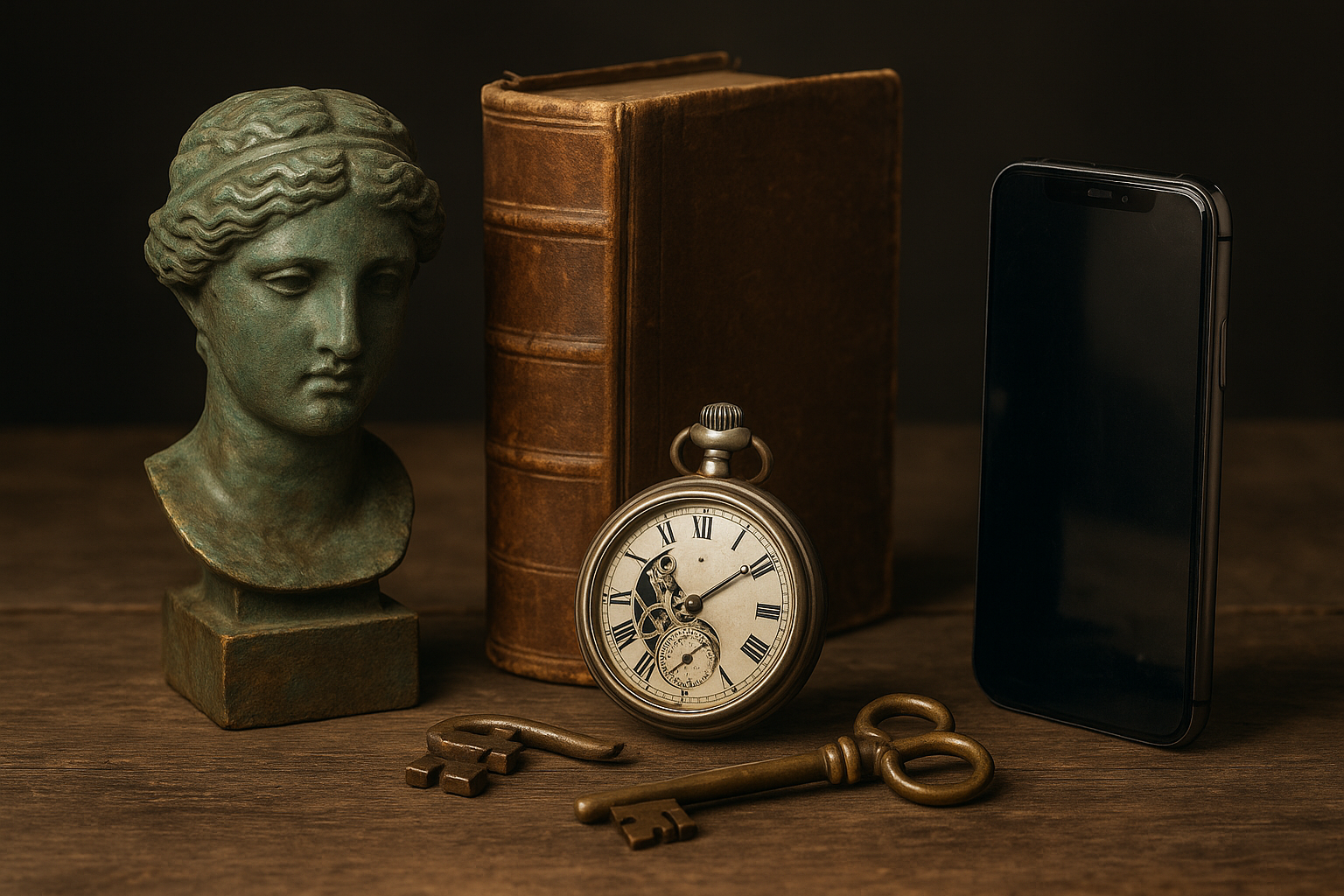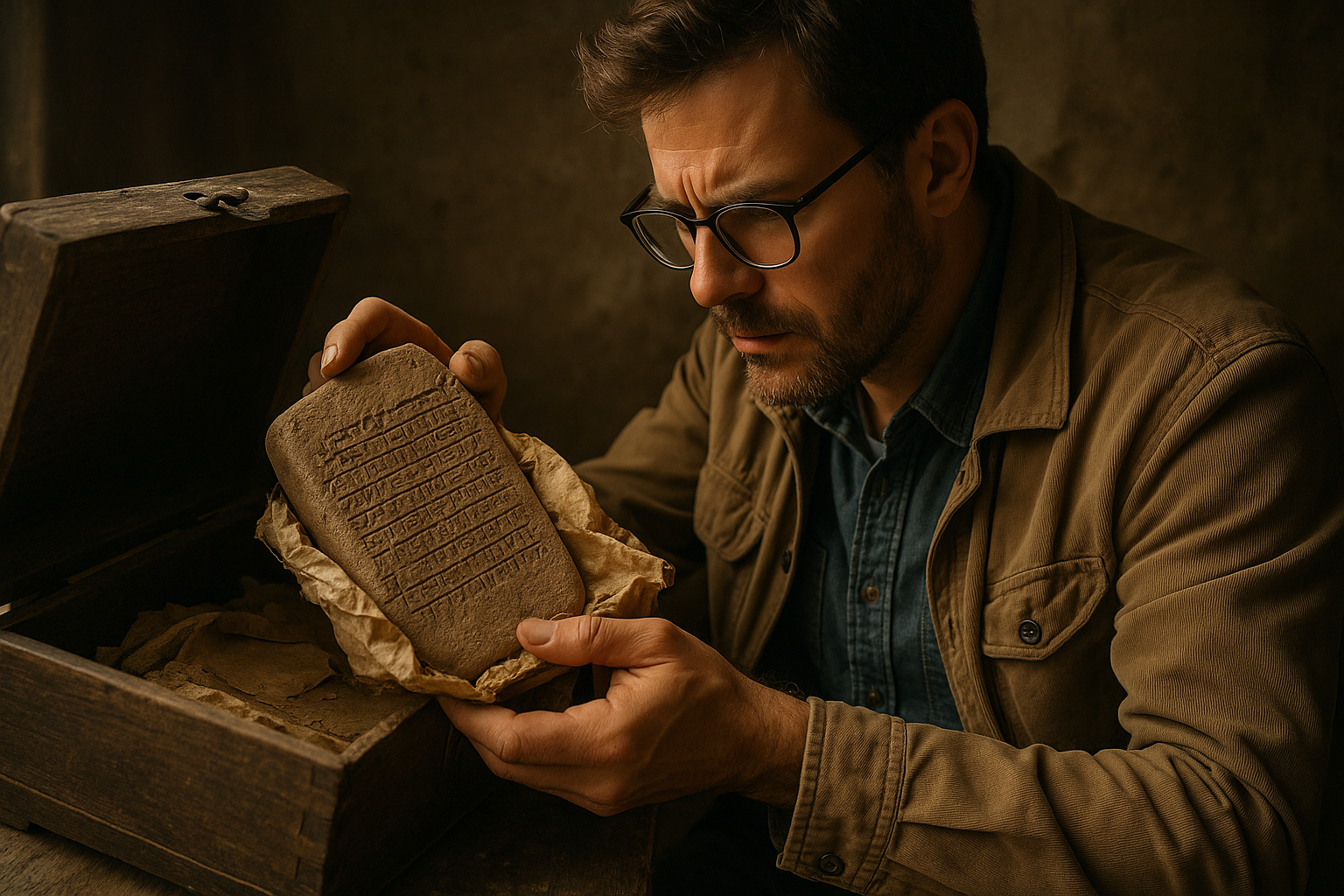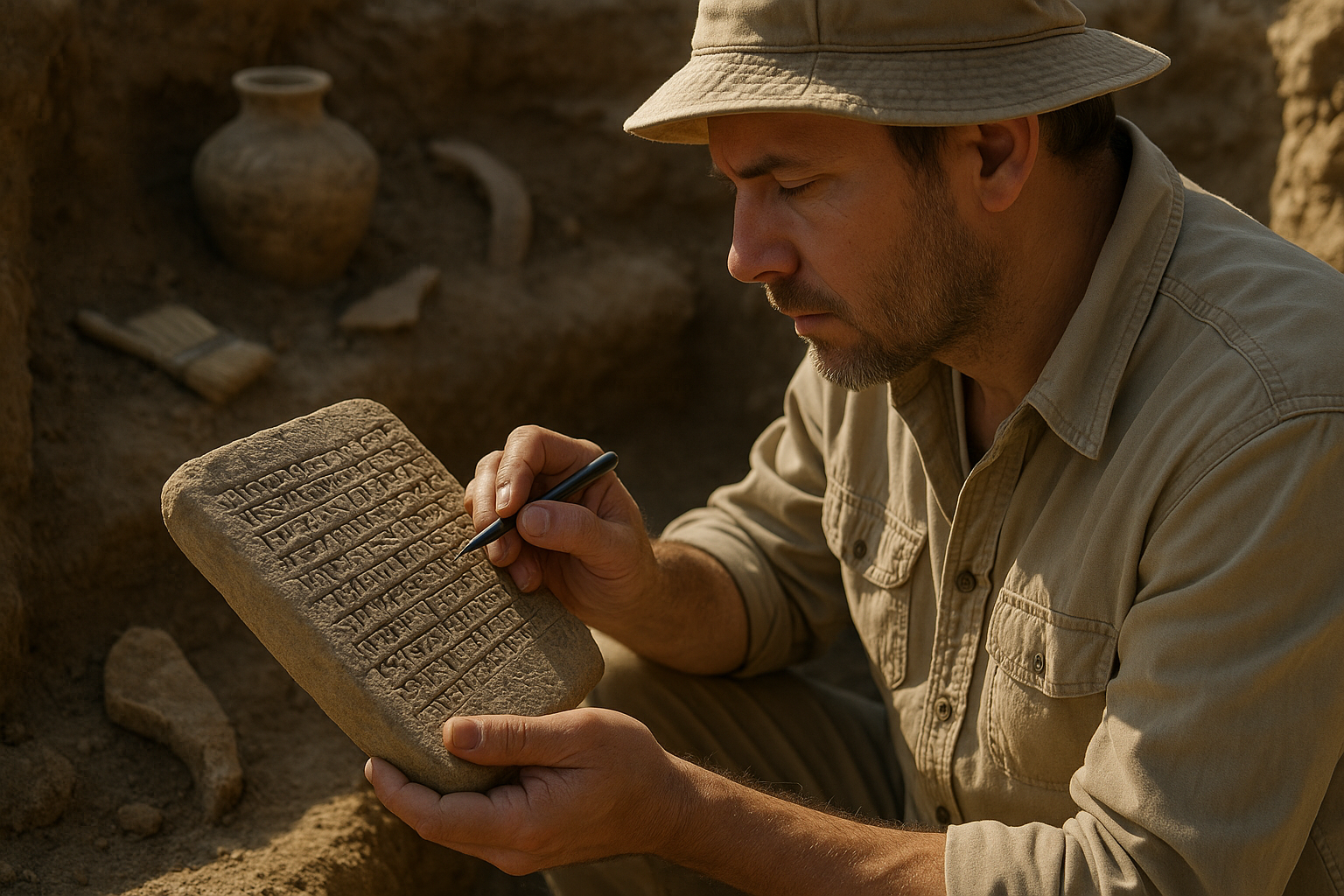Sacred art has captivated humanity for millennia, weaving together faith, culture, and the passage of time through powerful visual narratives that transcend generations.
Throughout history, religious communities have developed intricate systems of visual storytelling that chronicle divine events, spiritual journeys, and the evolution of faith itself. These artistic traditions serve not merely as decoration but as theological texts written in color, form, and symbol. The chronological arrangement of sacred iconography creates a profound dialogue between past, present, and future, offering believers a tangible connection to their spiritual heritage while guiding them toward eternal truths.
The relationship between time and sacred art represents one of humanity’s most fascinating intersections of spirituality and creativity. When we examine how different religious traditions have portrayed sacred narratives across centuries, we discover that chronological iconography serves as both historical record and spiritual compass, preserving ancient wisdom while remaining perpetually relevant to contemporary worshippers.
🕰️ The Sacred Timeline: Understanding Chronological Iconography
Chronological iconography refers to the deliberate arrangement of sacred images in temporal sequence, creating visual narratives that unfold across space and time. This artistic approach transforms walls, manuscripts, and sacred objects into three-dimensional timelines that communicate complex theological concepts through accessible visual language.
In Byzantine churches, for instance, the placement of frescoes follows a carefully conceived hierarchy that mirrors both cosmic order and salvation history. The dome typically features Christ Pantocrator, representing eternity and divine omnipresence, while lower registers depict events from scripture in chronological progression. This architectural theology invites worshippers to literally stand within sacred history, experiencing themselves as participants in an ongoing divine narrative.
Medieval Christian manuscripts employed similar techniques, with illuminated borders often containing miniature scenes arranged chronologically around central texts. These marginal narratives provided visual commentary that enhanced textual understanding while creating a complete temporal framework for spiritual contemplation.
Ancient Roots: Chronological Storytelling in Early Sacred Spaces
The tradition of chronological sacred art extends back to humanity’s earliest religious expressions. Egyptian tomb paintings arranged scenes of the deceased’s journey through the afterlife in sequential order, guiding the soul through various trials and transformations. These weren’t merely decorative elements but functional maps for navigating the spiritual realm, with each image serving as both milestone and instruction.
Ancient Hindu temples developed sophisticated iconographic programs that depicted cosmic cycles, divine incarnations, and mythological narratives in carefully orchestrated sequences. The sculptural reliefs adorning temple exteriors often follow the pradakshina path—the clockwise circumambulation route—allowing devotees to experience sacred stories as they physically move through space and time.
Jewish synagogues, particularly those discovered at sites like Dura-Europos, featured wall paintings depicting biblical narratives in chronological order. Despite later iconoclastic tendencies within Judaism, these early examples demonstrate the universal human impulse to visualize sacred time and make abstract theological concepts concrete through sequential imagery.
The Psychology of Sequential Sacred Imagery
Why do chronological arrangements of sacred art hold such power over the human imagination? Cognitive research suggests that our brains are naturally wired to process information narratively. When religious concepts are presented as visual stories with clear temporal progression, they become more memorable, emotionally resonant, and psychologically impactful.
Sequential iconography also creates what scholars call “participatory space”—environments where viewers don’t simply observe but actively engage with sacred narratives. As worshippers physically move through spaces adorned with chronologically arranged images, they unconsciously internalize the rhythm and progression of sacred time, aligning their personal spiritual journey with archetypal patterns.
📿 Eastern Orthodox Iconography: Time Made Visible
The Eastern Orthodox tradition has perhaps developed the most sophisticated theology of chronological iconography. Icons aren’t considered mere artistic representations but “windows into heaven”—portals that collapse the distance between earthly time and divine eternity.
Orthodox iconostases (icon screens) arrange sacred images in deliberate hierarchical and chronological patterns. The Royal Doors at the center feature the Annunciation—the moment when divine eternity entered human time. Flanking these doors are icons of Christ and the Theotokos (Mary), representing the incarnation’s central role in salvation history. Above, the Deesis (supplication) row shows Christ enthroned in judgment, depicting the culmination of time at history’s end.
This vertical chronology—from annunciation through incarnation to final judgment—compresses sacred history into a single, perpetually present moment. Every liturgy celebrated before the iconostasis becomes a participation in the entire sweep of salvation history, from creation to consummation.
Feast Day Cycles and Liturgical Time
Orthodox churches typically rotate icons throughout the liturgical year, creating a chronological cycle that mirrors the church calendar. This practice transforms the worship space itself into a living chronicle, with different periods of sacred history becoming visually prominent according to the season.
The twelve major feast day icons follow the life of Christ and the Theotokos chronologically: Nativity, Presentation at the Temple, Annunciation, Entry into Jerusalem, Crucifixion, Resurrection, Ascension, Pentecost, Transfiguration, Dormition, Exaltation of the Cross, and Presentation of Mary. Together, these images create a complete temporal framework for understanding salvation history.
Western Christian Art: Linear Progression and Typological Time
While sharing common roots with Eastern traditions, Western Christian art developed distinctive approaches to chronological iconography. Gothic cathedrals featured elaborate sculptural programs and stained glass windows arranged to tell salvation history from Creation through the Last Judgment.
The western facade of Chartres Cathedral, for example, presents a comprehensive theological timeline. The central portal depicts Christ in glory at the end of time, while surrounding sculptures show prophets, apostles, and saints in chronological relationship to this culminating moment. The famous stained glass windows inside continue this chronological narrative, with each window contributing to a complete visual Bible.
Renaissance artists innovated narrative painting techniques that depicted multiple chronological moments within single compositions. Fra Angelico’s “Annunciation” at San Marco includes background scenes showing the expulsion from Eden—the original event that made the incarnation necessary—creating a visual link between Old and New Testament chronology.
Typological Connections: Old Testament Prefiguring New
Medieval and Renaissance Christian art extensively employed typological chronology, where Old Testament events were arranged to show how they prefigured New Testament fulfillment. This approach created a dual timeline—one moving forward chronologically through biblical history, another moving vertically between type and antitype.
The Biblia Pauperum (“Bible of the Poor”) tradition exemplified this approach, with each page featuring a central New Testament scene flanked by corresponding Old Testament types. This wasn’t simply illustration but sophisticated theological argument presented through chronological visual logic.
🕌 Islamic Geometric Time: Eternal Patterns and Divine Order
Islamic sacred art approaches chronology differently due to theological prohibitions against figural representation in religious contexts. Instead, Islamic artists developed abstract systems that express temporal and eternal realities through geometric patterns, calligraphy, and architectural proportion.
The arabesque—infinitely repeating patterns that can expand without limit—expresses both the endless nature of divine creativity and the orderly progression of time within divine decree. These patterns don’t depict chronological events but embody the underlying mathematical and spiritual principles that govern temporal existence.
Islamic calligraphy, particularly in manuscripts and architectural inscriptions, often arranges Quranic verses in sequences that create chronological narratives. The story of creation, the life of Muhammad, and eschatological prophecies are woven together through carefully selected textual arrangements that guide readers through sacred history.
Buddhist and Hindu Cyclical Time in Sacred Art
Eastern religious traditions conceive time cyclically rather than linearly, and their sacred art reflects this worldview. Buddhist stupas and Hindu temples encode vast cosmic timescales through their architectural proportions and decorative programs.
The Borobudur temple in Java presents a three-dimensional mandala that visitors ascend chronologically through levels representing stages of enlightenment. The lowest terraces depict the realm of desire with narrative reliefs showing cause and effect in the cycle of rebirth. Middle levels show the transitional realm of form, while the uppermost terraces—bare of imagery—represent formless reality beyond time.
Hindu temple architecture similarly encodes chronological spiritual progression. The journey from outer courtyard through successive gates to the inner sanctum mirrors the soul’s progression from material existence through various states of consciousness to ultimate union with the divine. Sculptures depicting various divine incarnations (avatars) arranged around temple exteriors present cosmic chronology—the periodic divine interventions that maintain cosmic order through the ages.
Wheel of Life: Circular Chronology
The Tibetan Buddhist Wheel of Life (Bhavachakra) presents perhaps the most sophisticated circular chronology in sacred art. This complex diagram depicts the six realms of existence, the twelve links of dependent origination, and the three poisons driving the cycle of rebirth—all arranged in concentric circles that simultaneously show chronological progression and eternal recurrence.
Unlike linear Western timelines, this circular iconography suggests that sacred history repeats in cycles while also progressing toward eventual liberation. The viewer’s eye naturally follows the circular pattern, experiencing time as both movement and return, change and continuity.
🎨 Modern Interpretations: Contemporary Sacred Chronology
Contemporary sacred artists continue exploring chronological iconography while incorporating modern artistic languages and technologies. Digital installations, video art, and interactive media offer new possibilities for depicting sacred time and engaging viewers in temporal narratives.
Bill Viola’s video installations, including “The Passions” series, use extreme slow motion to stretch moments of emotional and spiritual intensity, allowing viewers to experience sacred time differently than clock time. His “The Greeting,” based on a Renaissance Visitation painting, extends a brief encounter to twelve minutes, revealing layers of emotion and meaning invisible at normal speed.
Street artist and iconographer Fikos creates large-scale Orthodox-style icons on urban buildings, bringing ancient chronological narratives into contemporary public spaces. His work demonstrates how traditional iconographic time can intersect with modern urban temporality, creating dialogues between ancient and contemporary spiritual experience.
Preserving and Transmitting Sacred Chronologies
The digital age presents both challenges and opportunities for chronological sacred art traditions. While physical sacred spaces remain irreplaceable for embodied spiritual experience, digital technologies enable unprecedented access to global traditions and new forms of temporal engagement.
Virtual tours of sacred sites allow people worldwide to experience chronological iconographic programs that would otherwise remain geographically inaccessible. High-resolution photography reveals details invisible to the naked eye, while digital reconstructions restore damaged artworks to their original chronological completeness.
Educational apps and websites now provide interactive timelines that connect sacred art to historical context, theological meaning, and liturgical practice. These tools help contemporary audiences understand the sophisticated chronological systems embedded in traditional sacred art.
Living Traditions in the Digital Age
Rather than replacing traditional practices, digital tools often enhance transmission of sacred artistic traditions to new generations. Icon painting tutorials, online courses in sacred geometry, and virtual pilgrimages create global communities of practice that transcend geographical boundaries.
Contemporary believers increasingly combine physical and digital engagement with sacred chronological art. They might attend liturgy in a space adorned with traditional iconography while using apps to deepen their understanding of the images’ theological and historical significance.
🌟 The Eternal Relevance of Sacred Chronology
Why does chronological sacred art remain powerful in an increasingly secular, digitally mediated world? Perhaps because the fundamental human questions these artistic traditions address—about meaning, purpose, mortality, and transcendence—remain unchanged despite technological advances.
Chronological iconography offers something particularly valuable in our fragmented contemporary moment: coherent narratives that situate individual existence within larger frameworks of meaning. In an age of disconnected information and perpetual present tense, sacred art that meaningfully connects past, present, and future provides psychological and spiritual anchoring.
These traditions also model ways of experiencing time that resist the acceleration and commodification of contemporary existence. Sacred chronological art invites contemplation rather than consumption, depth rather than speed, cyclical return rather than restless novelty-seeking.
The Universal Language of Sacred Time
Across diverse religious traditions, chronological iconography reveals remarkable convergences. Whether through linear progression, cyclical return, or vertical typology, sacred artists have consistently sought to make visible the invisible structures of sacred time.
These artistic traditions testify to shared human intuitions about time’s spiritual dimensions. Past, present, and future aren’t merely secular measurements but sacred categories infused with meaning. Origins matter. Destinations matter. The path between them matters. Chronological sacred art makes these abstract truths tangible, accessible, and transformative.
For believers, these artistic traditions provide more than historical interest or aesthetic pleasure. They offer practical technologies for spiritual practice—visual tools for prayer, meditation, teaching, and transmission of faith across generations. The chronological arrangement transforms scattered narratives into coherent wholes, individual moments into meaningful patterns, temporal existence into participation in eternal reality.

Beyond Religious Boundaries: Universal Human Yearning
Even for those outside traditional religious frameworks, chronological sacred art speaks to universal human experiences of time, memory, and meaning-making. The artistic strategies developed by religious traditions—narrative sequencing, symbolic correspondence, architectural encoding of temporal progression—address fundamental psychological needs that transcend particular belief systems.
Museums and galleries increasingly recognize sacred art’s relevance beyond devotional contexts, presenting these works as sophisticated responses to perennial human questions about existence, purpose, and mortality. Viewers from diverse backgrounds find themselves moved by chronological iconographic programs, even when unfamiliar with specific theological content.
This universal resonance suggests that chronological sacred art taps into deep structures of human consciousness—our narrative minds, our orientation toward meaning, our need to locate ourselves within comprehensible temporal frameworks. These are not merely “religious” needs but human ones, addressed with particular depth and sophistication by sacred artistic traditions.
The enduring power of chronological iconography in sacred art reminds us that humanity’s most profound questions require more than verbal answers. We need images, stories, spaces, and rituals that engage our whole being—intellect, emotion, body, and spirit. Sacred art that thoughtfully arranges time provides exactly this kind of holistic engagement, offering not just ideas about meaning but lived experiences of participating in meaningful temporal patterns that connect individual existence to transcendent realities. In this sense, these timeless traditions remain urgently contemporary, speaking to modern people’s hunger for coherence, depth, and connection in an increasingly fragmented world.
Toni Santos is a temporal researcher and symbolic archaeologist specializing in the study of forgotten burial systems, sacred archival practices, and the visual languages embedded in ancient temporal lore. Through an interdisciplinary and artifact-focused lens, Toni investigates how humanity has encoded knowledge, memory, and mystery into the temporal world — across cultures, rituals, and vanished civilizations. His work is grounded in a fascination with time capsules not only as vessels, but as carriers of hidden meaning. From extinct burial ritual practices to mythical codices and secret temporal seals, Toni uncovers the visual and symbolic tools through which cultures preserved their relationship with the temporal unknown. With a background in design semiotics and temporal artifact history, Toni blends visual analysis with archival research to reveal how time capsules were used to shape identity, transmit memory, and encode sacred knowledge. As the creative mind behind eltonxy, Toni curates illustrated chronologies, speculative temporal studies, and symbolic interpretations that revive the deep cultural ties between artifacts, ritual markings, and forgotten messages. His work is a tribute to: The lost temporal wisdom of Forgotten Time Capsule Burial Rituals The guarded archives of Sacred Codices and Forgotten Temporal Archives The mythopoetic presence of Temporal Symbols and Ritual Markings The layered visual language of Vanished Artifacts and Temporal Messages Whether you're a temporal historian, symbolic researcher, or curious gatherer of forgotten chronological wisdom, Toni invites you to explore the hidden roots of time capsule knowledge — one seal, one glyph, one message at a time.




